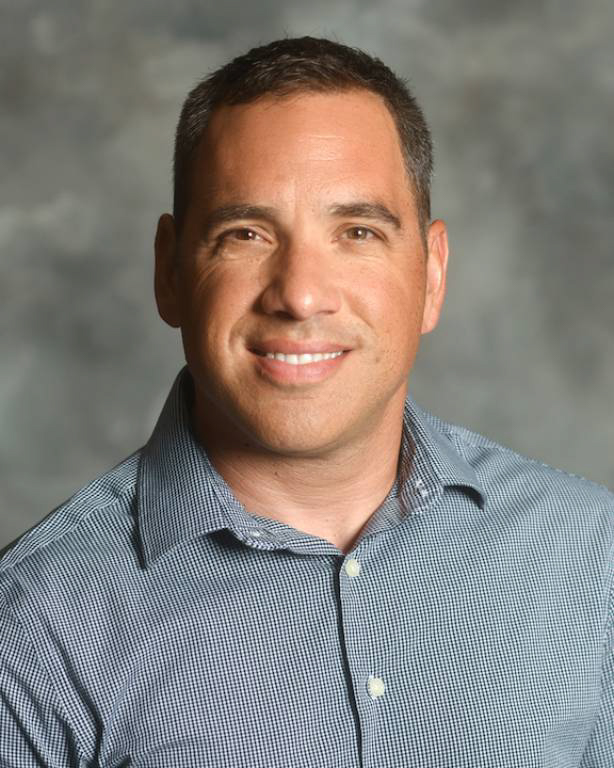USM’s Dr. Robert Leaf Dedicates His Work to the Blue Economy
Mon, 09/25/2023 - 09:41am | By: Gabriela Shinskie
 Dr. Robert Leaf, Interim Director of the University of Southern Mississippi (USM) School of Ocean Science and Engineering (SOSE) works to enhance a healthy ecosystem for the Gulf of Mexico blue economy through
research and collaborations with the State of Mississippi and throughout the Gulf
of Mexico.
Dr. Robert Leaf, Interim Director of the University of Southern Mississippi (USM) School of Ocean Science and Engineering (SOSE) works to enhance a healthy ecosystem for the Gulf of Mexico blue economy through
research and collaborations with the State of Mississippi and throughout the Gulf
of Mexico.
Leaf is an associate professor and joined SOSE in 2012. He teaches graduate-level courses on quantitative fisheries management, statistics, and data analysis and computer programming. Leaf oversees all the undergraduate and graduate programs for the SOSE, along with a certification program for Uncrewed Maritime Systems (UMS).
“We think of fisheries as an experiment where the resilience of the stock to exploitation can be evaluated every year. Studying this can allow us to maximize the opportunities for harvest while ensuring sustainability” said Leaf.
Leaf is excited about the undergraduate and graduate degrees offered by the SOSE, especially the Marine Biology program, which is rapidly growing.
Leaf joined USM after receiving his Ph.D. in Fishery and Wildlife Sciences from Virginia Tech. Since his arrival to USM he was keen to work on conservation and fisheries management of interest to the public and stakeholders and has contributed positively to efforts by management agencies such as the Mississippi Department of Marine Resources (MDMR) and NOAA Fisheries.
According to Leaf, the Gulf of Mexico ecosystem and productivity is very high with a wealth of productive stocks of living marine resources. The uniqueness of its waters brings an interesting population dynamic. Leaf studies the impacts of climate change and variability on fisheries, such as water temperature. He does this using statistical and mathematical modeling approaches.
“The natural environment is very hard to predict and can make some challenges for us,” said Leaf.
One of his current collaborative projects is to understand the dynamics of Gulf Menhaden, which is a species with the second largest fishery by weight in the United States and found in the Gulf of Mexico. Fisheries managers create points of reference to provide information on the sustainability levels of certain fisheries to fishers and managers.
“Their proposed fishery reference point incorporates the indices of relative abundance to form a management target,” said Leaf. “We have been working with fellow scientists to develop a web-based application for the use and implementation of this reference point. The online application uses scientific survey data that has undergone quality assurance and control and creates interactive elements for stakeholders and industry to understand if the current stock status is less than the reference point limits.”
In May 2023, Leaf focused on Red Drum movement in the Northern Gulf of Mexico, another stock of considerable management interest. Younger Red Drum are found in inshore locations whereas older species are found in offshore locations by Mississippi’s barrier islands. This research focused on carbon and nitrogen found in Red Drum muscle tissue and how those elements differ with age, length, movement and location.
Learn more about the School of Ocean Science and Engineering and Dr. Robert Leaf’s work.